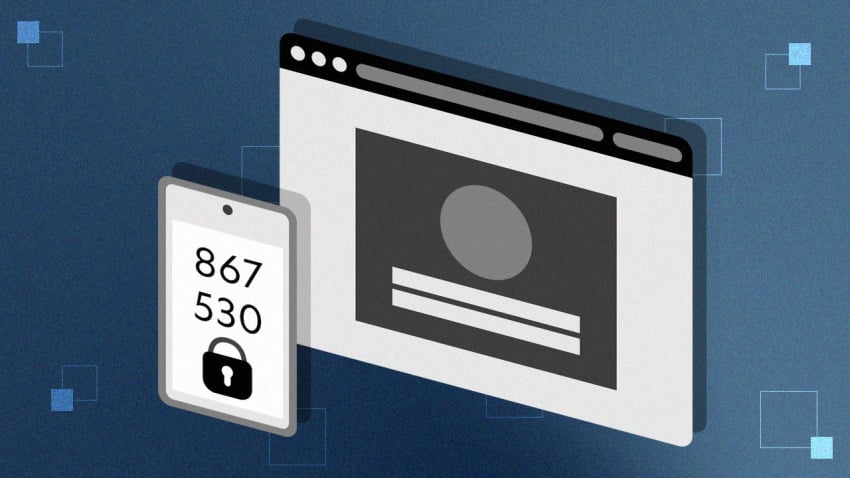While traveling, all we want is to relax and enjoy ourselves away from the stresses of our daily lives. One thing we always ensure to have is something to binge-watch while lounging on the couch, munching on popcorn, and taking it easy.
One of the great ways to enjoy it is to purchase a streaming app and binge-stream exciting movies and shows. Suppose you decide to buy a streaming app via online banking. However, if your trusted streaming app is not available in a country you are traveling to, you can Buy VPN to bypass geographical restrictions, sign up for the account, and take the subscription.
However, you sign in to your account to maintain premium credit card points. And your heart skips a beat when you are notified with an automated text that says, “Sign in not recognized – we’re sending a code.”
In this critical situation, user authentication could be a significant obstacle to overcome.
Why is Managing User Authentication Essential?
With the continuous advancements in technology, an increasing number of people find themselves heavily reliant on their work or personal devices while traveling. While this can enhance productivity and connectivity, it also gives rise to various security concerns that need to be addressed.
One of the most essential security concerns is user authentication. Ensuring secure user authentication is crucial, especially when traveling. Here are some tips for maintaining user authentication on the go.
- Avoid Public Wi-Fi Usage
Public Wi-Fi is the most loved place for cybercriminals who use it to gain access to your sensitive information. Therefore, avoiding using the public internet as much as feasible while traveling is vital. They are usually unsecured and unprotected from attacks.
To ensure safe and secure online banking during your holidays, it’s recommended that you avoid using public Wi-Fi networks. Instead, use your phone’s data network and choose a suitable data package. Additionally, you can opt for a personal hotspot or a VPN that you trust to manage user authentication effectively.
- Be prepared
You must ensure you are entirely prepared to control any user authentication problems that might arise while traveling to any new state. For instance, taking an advanced security method by creating strong passwords, downloading security software, and being mindful of any hidden risks.
Moreover, you must familiarize yourself with different policies or guidelines an employer has put for remote actions and ensure you follow them correctly.
- Enable Two-Factor Authentication
One of the most effective methods to improve user authentication security is multi-factor authentication (MFA). It requires you to enable more than one step of authentication to access your accounts.
Additionally, it includes something you remember, such as passcodes, something you possess, like a smartphone, and something that exists, like a fingerprint. By demanding multiple forms of security authentication, MFA adds an extra layer of protection to protect you from unauthorized access.
- Install a Password Manager
Password managers are the best way to organize your user authentication process. It makes sure your passwords are strong enough for protection. A password manager will store all your passwords in an encrypted file, and this means you must remember only one key password to access them all.
In addition to that, this method doesn’t require much time or effort, and it ensures that strong and durable passwords protect your accounts.
- Updation of Your Device
It is essential to regularly check for updates on your phone to ensure the security of your user authentication. These updates often contain essential security patches that fix any vulnerabilities or risks present in the software. By keeping your device up-to-date, you can help ensure the protection of your accounts and user authentication.
- Lock Your Devices
The easiest way to shield your security authentication is to permit device locks on all devices. This fends off unauthorized access to the device and pushes anyone who tries to do it via verification of password or biometric info.
Furthermore, smart devices offer various security options, such as facial recognition and fingerprint scanning, allowing users to choose the option that suits them best.
- Accessing Biometric Authentication
Biometric authentication has increasingly become popular among people who want a rapid and strong protection way to get their accounts. It includes various ways like fingerprint or face detection. It uses rare physical features to identify persons and permits account access.
Therefore, it offers much better security and an efficient way to verify users, decreasing the risk of unauthorized access.
- Stay Vigilant
It is crucial to stay vigilant about user verification. Be aware of suspicious activity or emails, and ensure device security at all times. Moreover, if you notice anything malicious or unusual, immediately report it to the right authorities. By staying mindful, you can prevent cybercrime and protect your user authentication info while on the go.
Final Thoughts
Organizing secure user authentication actions in today’s digital landscape is more vital than ever, especially while traveling. Following the methods mentioned earlier, you can protect your accounts and private info from unauthorized access and stay safe during your business trip.
Whether you are a busy businessman, small business owner, or an individual traveler, it is vital to take the necessary steps to protect your personal information and ensure that your valuable details are always secure.


